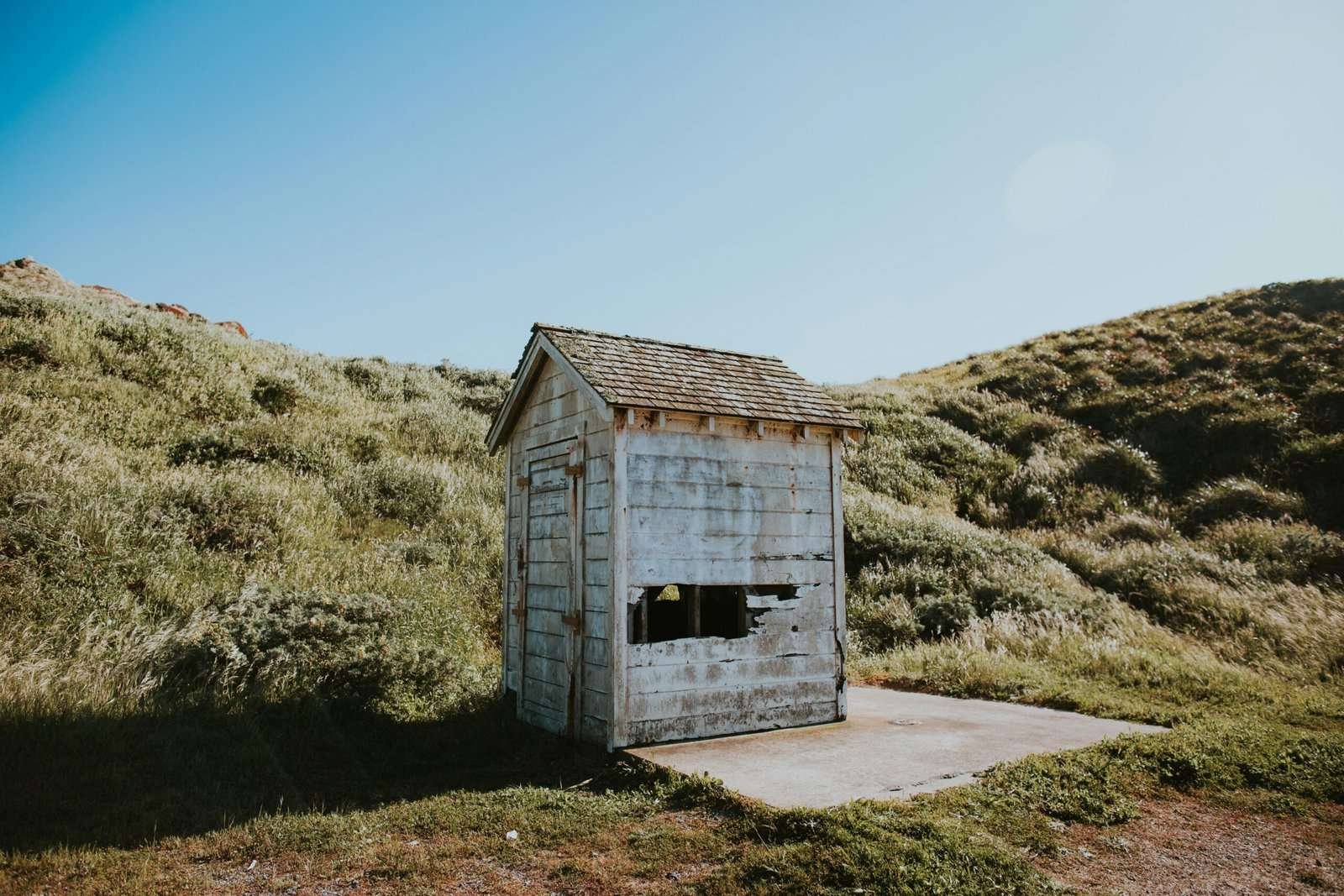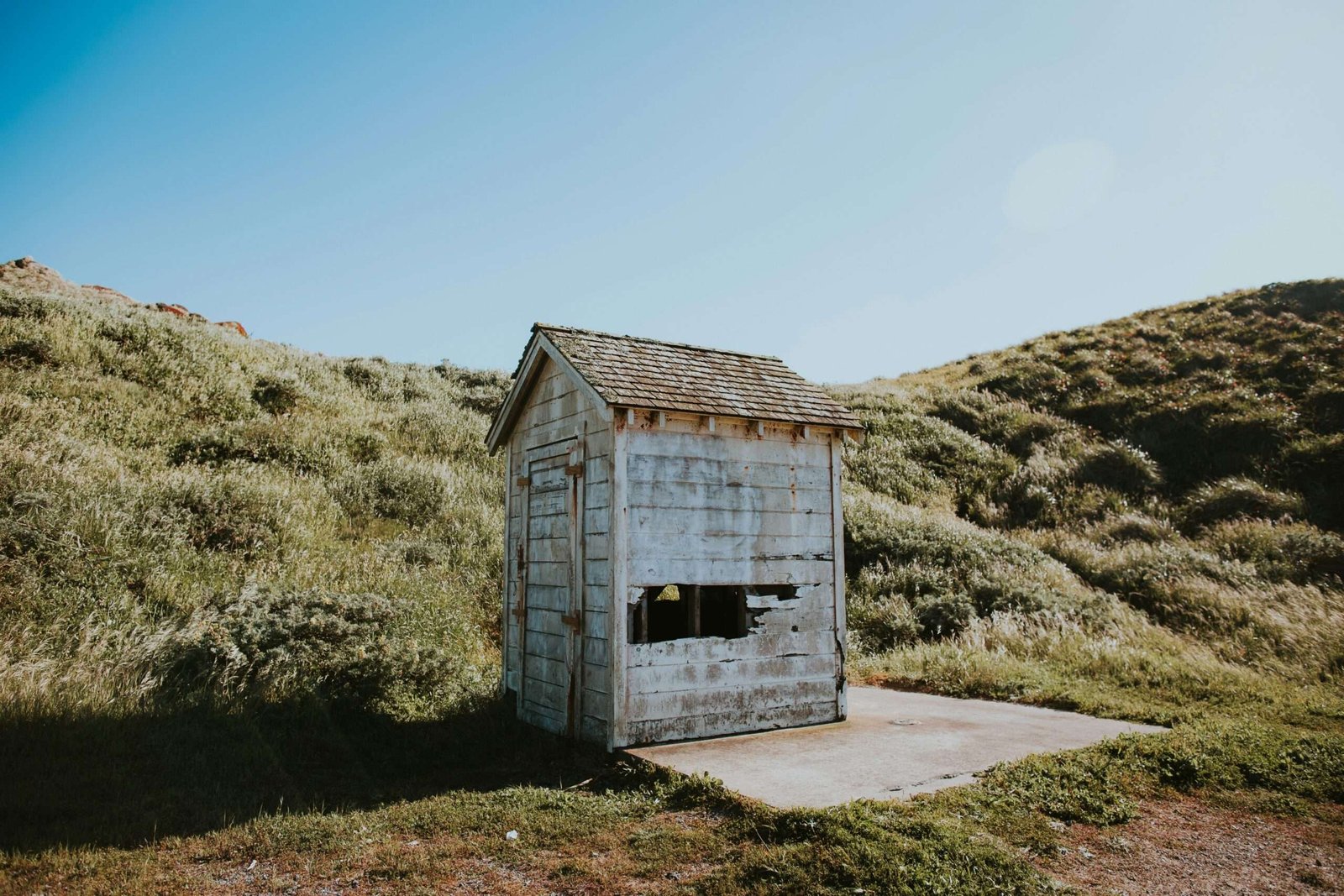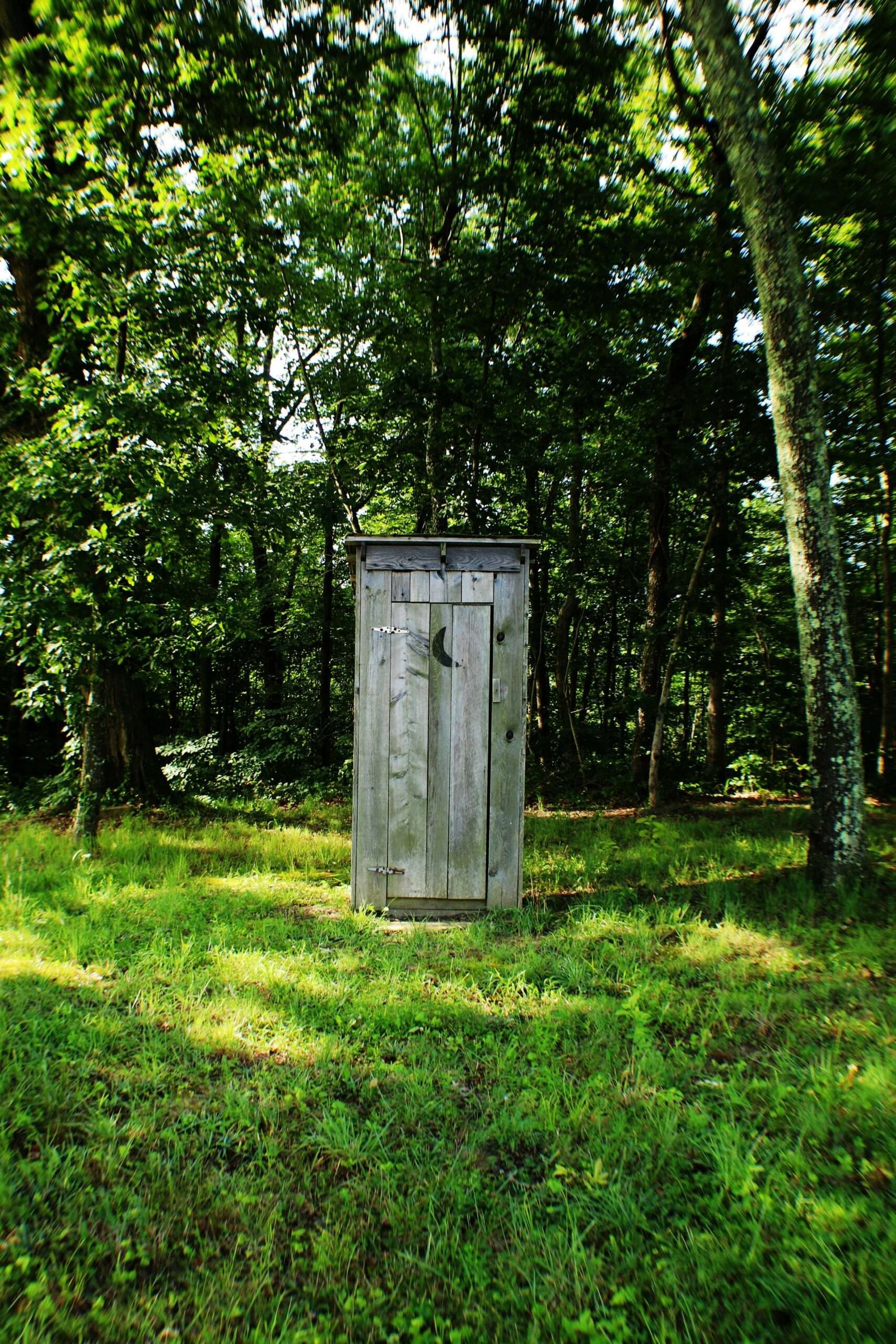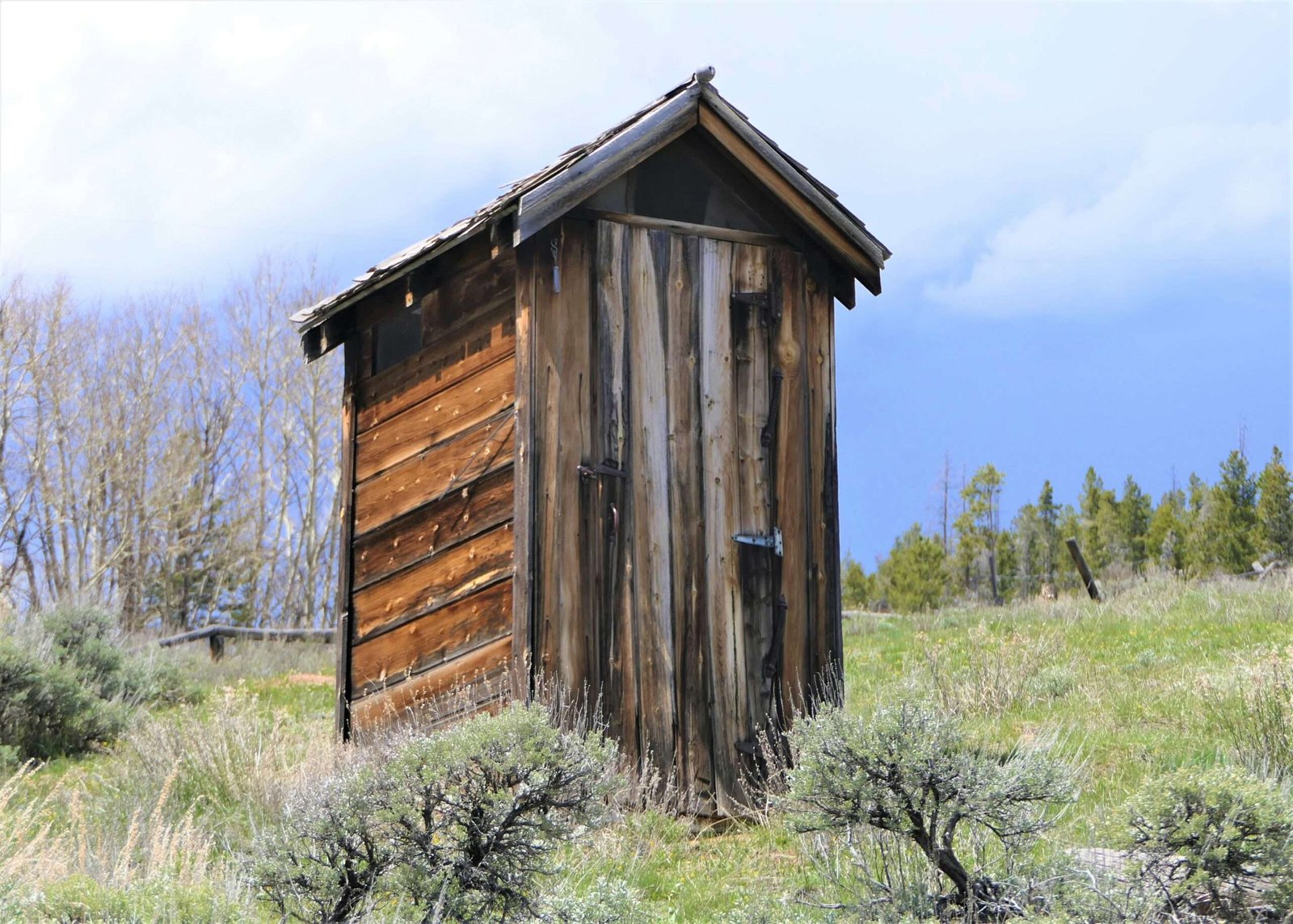
The History of Outhouses
Outhouses Appeal – Their Overlooked Function and History
An Overview of Outhouses History
The journey of humankind with the outhouses mirrors the shifting timelines in society, the architectural innovations, and revolutionists in sanitation technology. Outhouses also termed as the privies or latrines can be found in a number of civilizations; primitive structures were used in early habitation to construct toilets to be used outside the living spaces. Archaeological evidence suggests that even in ancient Egypt and Mesopotamia, toilets in basic forms were used meaning the need for different sanitation methods was always there.
As time passed by innovation and improvisation revolution of the sanitary structures began. In the middle ages of Europe, people’s contribution in the sanitary facilities led to the construction of common latrines that were enclosed in more than one family’s houses. That entailed much greater dangers to health as the latrines were positioned on top of the rivers and the wells impounding drinking water. With the second half of the 19th century, the evolution of the modern sanitary set for the Japanese began as a requisition, and gradually owned such wood-carved outdoor sets containing ornamental carvings crafted out by local artisans.
There were times where plumbing wasn’t feasible, especially in rural settings and that is where the need for outhouses increased. Throughout the 20th century, even after the advent of modern plumbing, a large number of families still preferred the outhouses especially in countries where development had not taken place because they were the only means of sanitation. Over the years the mindset towards outhouses changed, they were no longer simply a mere necessity but rather part of decoration.
In today’s World most people in developed countries use indoor plumbing, but the variety of forms that out houses can be constructed has changed. People are now shifting from traditional toilets to more modern constructions like composting toilets, and eco toilets that serve as sanitation while retaining the beauty of the toilet. The change from basic designs to modern advanced designs is a clear representation of humanity’s struggle to find a balance between utility and environment.
Various Outhouse Designs
Outhouses have always been quite useful in maintaining hygiene levels over a large area geographically where proper plumbing cannot be installed. Several types of outhouse are available in the market each designed for a specific need and want. An example being the most basic design which is a wooden outhouse consisting of just about treated wooden boards or plywood timber. These systems have an integrated airflow system to help reduce smell within the enclosure and an efficient flow of air in and out of the enclosure. Wooden outhouses serve their basic need quite effectively and can also be appealing visually to ginger box schemes and other rural settings.
Composting toilets are a great solution for installing hygienic solutions without causing much impact on the environment or disturbing the ecosphere. These designs do not need external power or electric connections, they rely completely on natures help to compost waste. These type of toilets are designed with sturdy recycled plastic or at times stainless steel that can withstand all types of weather. These toilets are ideal for such users who are ecofriendly and do not want to create a negative impact on environment and at the same time want to build a sanitary solution.
Treehouse outhouses and mobile units such as treehouse outhouse for those who want to explore their creativity or look for out of the box solutions to their issues might be the way to go. An elevated outhouse among the branches of a tree creates a fun and user-friendly experience, one which comes with a minor deck which is a balcony if there is enough area to put one. Mobile outhouses on the other hand provide ease of transportation, hence allowing for convenient traveling while camping or taking part in outdoor events.
In the end, it all comes down to the location, the frequency of use and in fact the preference one has as to which type of exterior toilet construction is suitable to them. The variety ranges from hand crafted wooden structures to modern day compost toilets with every outdoor toilet construction fulfilling its purpose by providing sanitary solutions in the outdoors. This variation assists in appreciation of the beauty and practicality which these integral amenities offer in the ancient and in the more recent settings.
How to Build an Outhouse: Outhouse Construction and Care
One of the main tasks in building an outhouse is to ensure that it remains useful for a long time. To achieve this, some precautions should be taken at the outset. Those would include making a plan. The first step is finding the right place for the outhouse; ideally away from water sources not less than 50 feet so as to avert water contamination. Even as some counties have certain codes that supervise zoning and permits, there would be ideal places for placing such. To this end, consider the required distance from the water source, the necessary proximity to the intended user and convenience of future servicing.
Having determined the location, the next stage involves choosing the right materials. The Frame might be constructed out of wood such as cedar or pressure treated timbers which resists the effects of weather. Suitable floors should be stronger and more rot resistant, often using treated sands, plywood or concrete. As for the walls and the roof, it is important to choose materials which would provide sufficient shielding against weather conditions and are appealing to the eye in design while complementing other features of the property or intended visuals.
To prevent a bad smell to build up within the toilet, it is important to keep the shed adequately ventilated. Ventilation should be provided by incorporating intake as well as exhaust windows into the building design. Alternatively, a small roof vent or an external wall damaged vent pipe can get the job done as well. There are even simple systems available that do not even have a specially constructed shed, such as composting toilets which are convenient and good for the environment. However, to use it hygienically and for it to be comfortable, the waste basket has to be cleaned and thrown out on a regular basis.
To begin with, maintenance is crucial for the sustainable use of the infra. Furthermore, seasonal wood preservative applications together with insect pest control treatments should be supplemented by regular periodic inspections on the adequacy of the structure, such as every month or so. Make sure you are providing a sufficient number of biodegradable products to the interior, as well as making it easier to keep the interior clean. Try placing paintings or flowers as well so that it looks aesthetic. Additionally, remember that an outhouse is not very difficult to maintain or construct, and with the right tips such as these, anyone can make one that considers the environment and is up to their standards.
Cultural Importance and Contemporary Application The contribution of the cultural aspect to the toilets is not just about their existence as toilets. Over the recent years, these structures have been gaining popularity once again especially to offgrid lifestyle and rural dwellers. This rebirth can in part be ascribed to the growing desire around the world to use more environmentally friendly and sustainable options as many people wish to get rid of normal plumbing. Outhouses are indeed an acceptable option where green building methods and materials are used because it is a waste disposal technique that is less harmful to the biological buffers nearby. Outhouses are often found to be fascinating and are depicted in a lot of movies, art pieces and even books. They are most often painted as the representatives of good old days when life was simpler and farmers lived in the countryside. Outhouses are in films and books drove publishers or producers’ attention to the good old times and the decorative scenery of countryside. Their position as art bring forth their artistic value and demonstrates how these buildings can complement rather than clash with the beauty of the landscape.
To relate underscore why toilets, or rather the use of outhouses is appealing in the recent past. Such an emphasis is in congruency with de-emphasizing the modern anthropocentric tendencies over the environment. More and more people are becoming aware of the problems posed by wastage of resources, something which offsets the purpose of an economic system. Houses can house an outhouse in the place of a toilet, as an alternate means of disposal of waste, big time saving the environment. Additionally, meaning there is barely any need of installing any specialized toilets or sewage systems in place. This way, when advancing modernization, there is a dire need to talk about your sustainable practices. And the ways illustrated above to integrate sustainable practices into the present and future way of life, makes total sense.



0 Comments